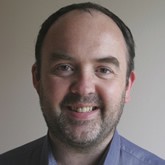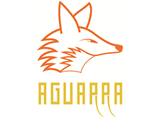Robert Smallshire
Trainer and CEO, Sixty North, Norway
Robert has worked in senior software architecture and development roles in organisations providing tools in the energy sector for dealing with the masses of information flowing from today’s digital oil fields. He deals daily with understanding, designing, advocating and implementing effective designs for sophisticated scientific and engineering software. He believes in the necessity of a strong engineering culture, performing a good measure of leadership, coaching and training in his organisation. Professionally, Robert is happiest with a whiteboard marker in hand exploring the solution space to a difficult problem with colleagues, so long as there is a Python interpreter not too far away.
Presentation
Agile practices have swept through our industry and transformed our ability to ship features built on code that works. It’s easy to get caught up in the euphoria and forget that many agile software projects with more than a handful of people still get into difficulties, failing to deliver on predictable qualities such as performance, usability or cost. Backlog based requirements are poor at capturing, representing and prioritising non-functional requirements which must be attained and maintained over the long term. Design and infrastructure work crucial to delivering software with the right qualities is invisible to clients, and so the effort to develop and maintain it can be difficult to justify in a zealous agile context.
This talk explores why scaling agile beyond one team is a such a hard problem and explains how software architecture and those who practise it can be a big part of the solution.

 14.55MB
14.55MB 










